Beyond SG60: Sifa confronts the complexities of Singaporean identity
With bold storytelling of the country’s past, present, and future, Singapore International Festival of Arts 2025 aims to deepen engagement with the public

[SINGAPORE] AS NATALIE Hennedige prepares to step down after four impactful years at the helm of the Singapore International Festival of Arts (Sifa), her final festival programme arrives at a particularly resonant moment.
The 2025 festival, running from May 16 to June 1, coincides with Singapore’s 60th year of independence – a milestone bringing both celebration and contemplation about the nation’s identity and cultural future.
Her tenure has notably reshaped the festival. “From the start, I’ve been interested in exploring the complexity and nuances of the Singaporean identity,” she says.
Over four dynamic years, the festival has embraced that very complexity – even if it requires audiences to engage more deeply with experimental work and step beyond familiar ground.
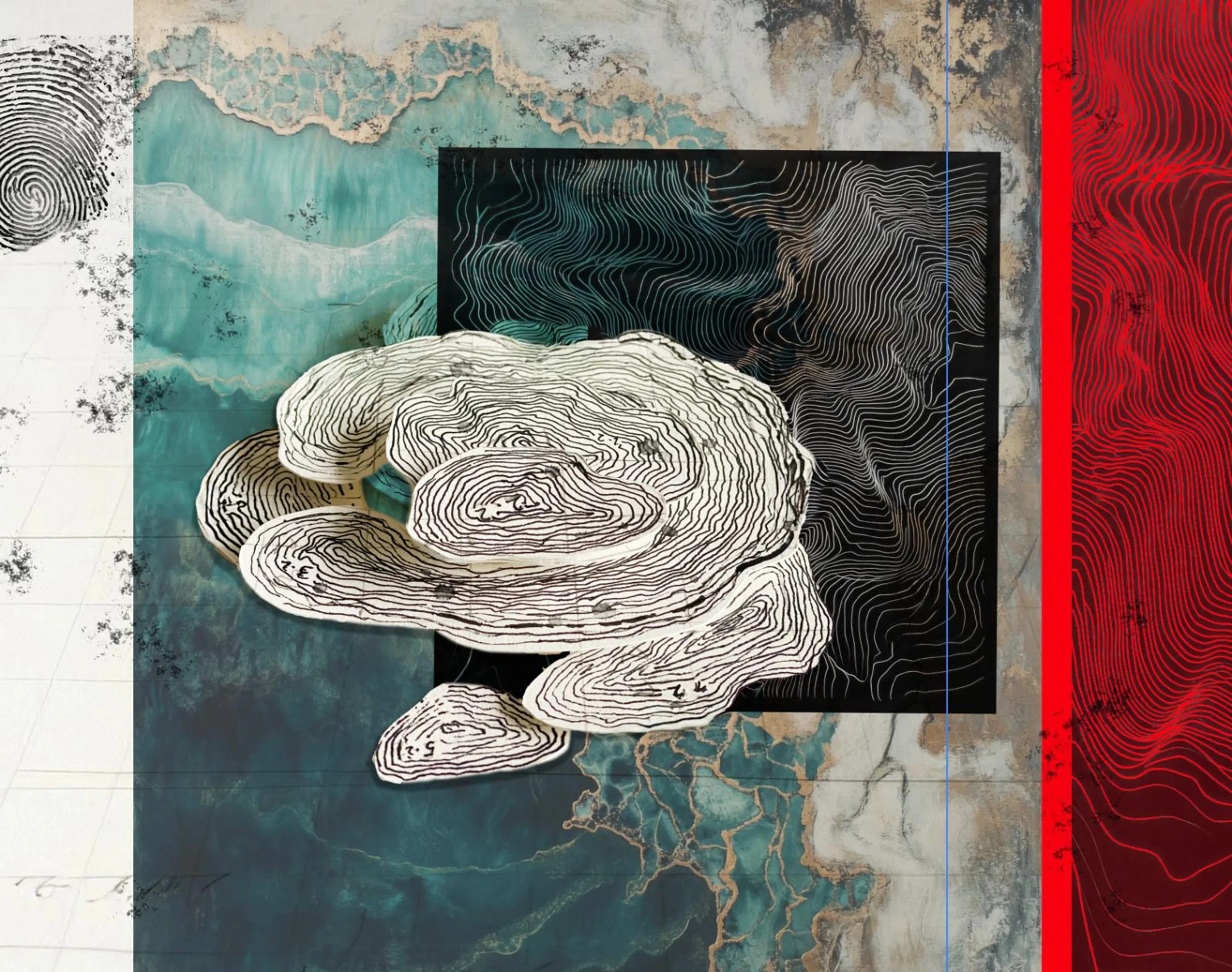
During her tenure, Sifa has prioritised smaller companies and independent artists who operate outside structured institutional frameworks. “I have always been interested in independent artists – the ones who take risks and push boundaries, who work without the safety net of institutions,” she elaborates.
Hennedige has also favoured artists whose practices embrace interdisciplinarity, blending performance, multimedia, and visual art. She acknowledges a personal inclination towards these “polydynamic” art forms – but believes this approach resonates internationally, beyond her own tastes.
“Sometimes, words are not enough, words alone cannot be trusted. Multidisciplinary forms communicate these complexities more effectively. They open deeper emotional and intellectual spaces for audiences.”
Strong spotlight on Singapore
This year’s festival expands the spotlight on Singapore artists, with as many as 15 local commissions – an unprecedented number in the festival’s 48-year-old history.
Aptly themed “More Than Ever”, this year’s festival explores Singapore’s evolving cultural self-perception at a critical juncture in its national story. The line-up includes works centred on historical events such as the Japanese occupation of Singapore (1942 -1945), and the separation of Singapore and Malaysia in 1965.
The festival’s most visible innovation is the creation of first-ever Sifa Pavilion at Bedok Town Square, a large 50-metre by 30-metre space embedded in Singapore’s second most populous residential neighbourhood.
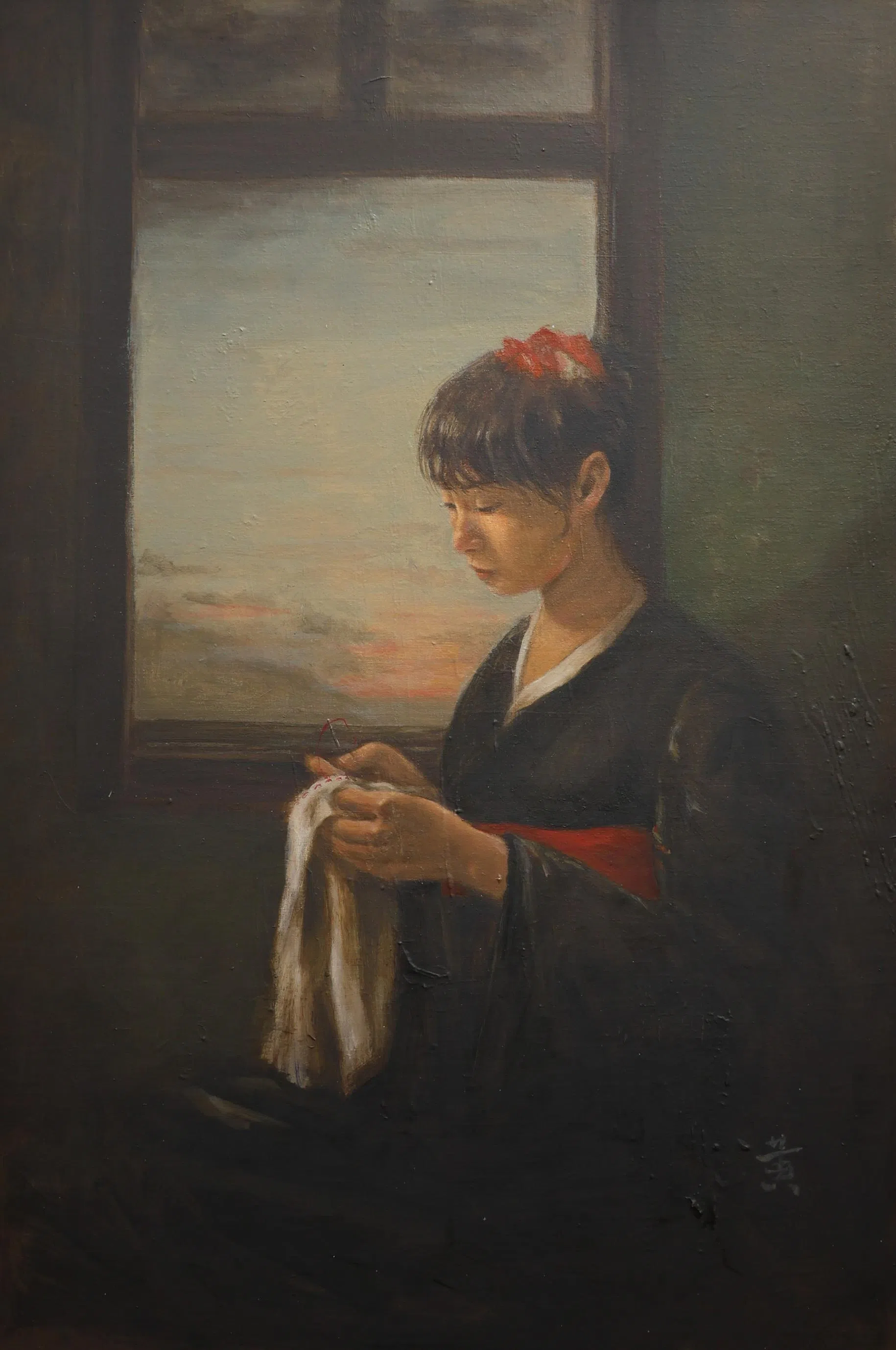
Unlike traditional performing arts venues such as the Victoria Theatre or Victoria Concert Hall, the Sifa Pavilion in Bedok represents Hennedige’s deliberate effort to engage the wider public directly.
“This notion of the festival’s relationship to everyday spaces has always fascinated me,” she noted. “We wanted somewhere both full of character and distinctly Singaporean, and Bedok, with its unique cultural layers, provided exactly that.”
Anchored by a striking 14-metre long coral-inspired installation by artist Wang Ruobing, the Pavilion is the unlikely site of the festival’s opening show, The Sea And The Neighbourhood, which unites the work of choreographer Christina Chan (with the Singapore Ballet), composer Philip Tan, and filmmaker Brian Gothong Tan.
Their deeply collaborative creation featuring more than 70 performers explores Singapore’s historical and ecological relationships, and reflects the nation’s growing awareness of its environmental responsibilities and interconnectedness.
Open for three weeks, the Bedok site will also feature other multidisciplinary works that bring performance and the public together – such as a choral singalong led by Benjamin Kheng and Aarika Lee that invites everyone to sing popular songs in unity.
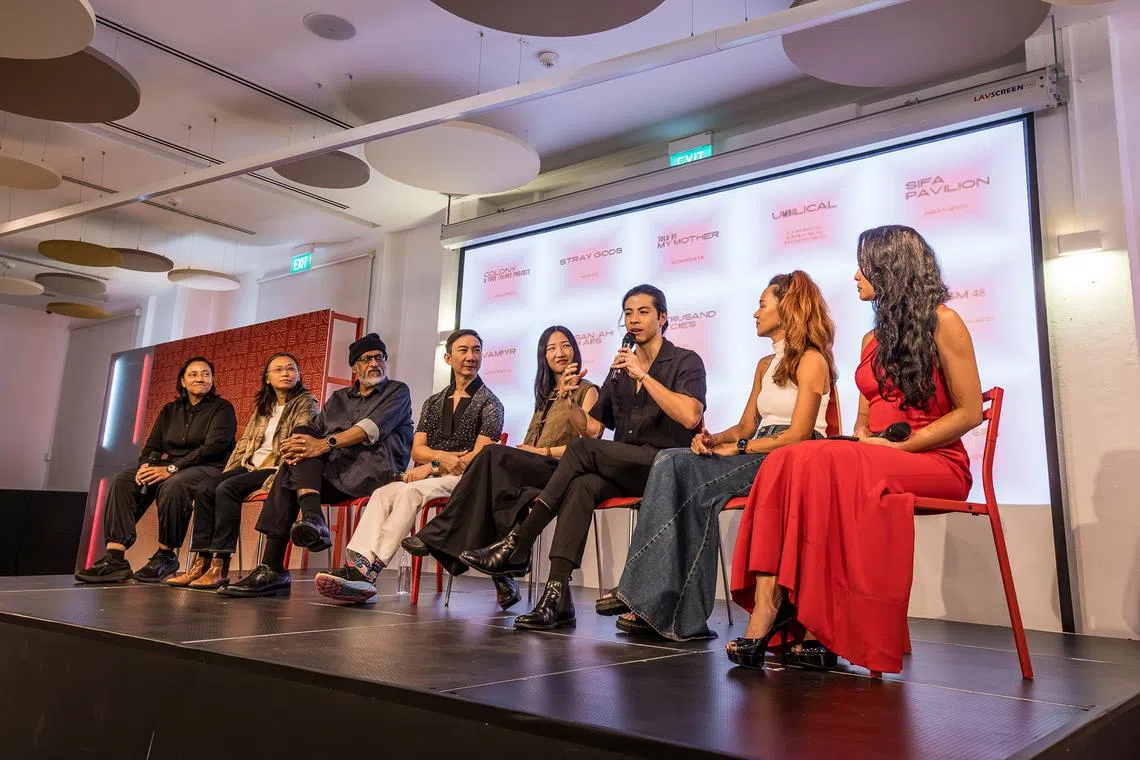
Foreign scepticism
Yet, even amid celebration, Hennedige remains candid about Sifa’s attempts to elevate Singaporean art internationally. Although every festival director has been tasked to take the local commissions beyond our shores, she notes that perceptions abroad often remain constrained by stereotypes or narrow expectations of what Singapore – a small, safe, young and affluent country – can offer culturally.
“There is still a persistent scepticism internationally when it comes to Singaporean performing arts,” she admits. “We constantly have to fight to prove our artistic relevance, and while that’s frustrating, it’s also deeply motivating.”
Internally, too, Singapore’s artists navigate a complicated landscape of institutional support and cultural expectations. While the nation offers substantial funding and infrastructure, these resources come with their own risks.
“Funding offers some comfort – but comfort can also be crippling,” says Hennedige. “When you’re comfortable, urgency and innovation can suffer.” She believes maintaining a healthy tension between support and risk-taking is crucial. “Festivals must be brave enough to push themselves – and by extension, their artists – out of comfort zones. We have to continue pushing, continue showcasing the depth and variety of our cultural expression.”
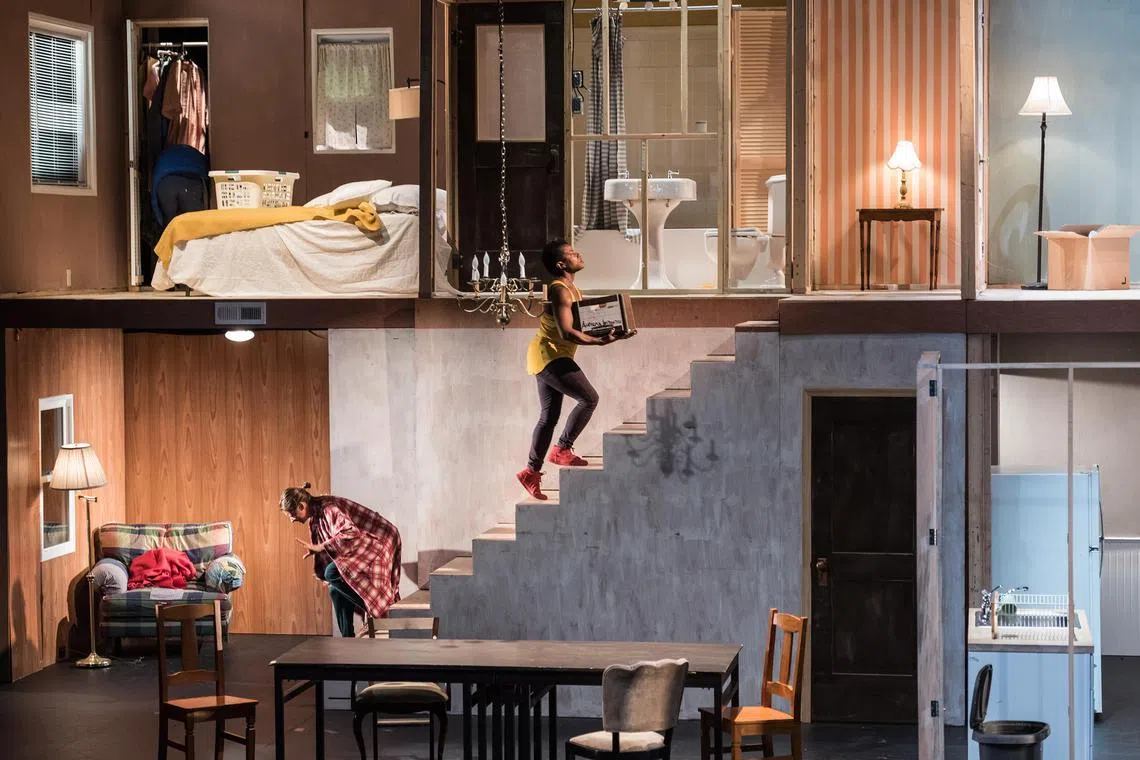
Reflecting on the complexities of celebration, especially in the context of Singapore’s 60th year of independence (or SG60), Hennedige emphasises authenticity. “Celebration isn’t just about highlighting successes,” she says thoughtfully. “True celebration involves recognising the complexity, the difficult journey we’ve had, the wounds we’ve sustained, and still choosing optimism.”
Looking ahead, she hopes the festival continues to serve as a provocative space for exploring Singapore’s identity and potential. “Future festival directors must remain courageous,” she asserts. “Bravery in art needs to become a daily ritual. To me, artistic bravery means transcending limitations – perceived or real – and remaining open, awake, and alert to the possibilities of creativity.”
Sifa 2025: 12 highlights at a glance
Sifa Pavilion at Bedok Town Square
For the first time in the festival’s history, the centre of activity is located outside of the Civic District, with a large pavilion that boasts its own unique ecosystem of creativity and performances. They include the festival’s curtain raiser, The Sea And The Neighbourhood, a multidisciplinary production exploring Singapore’s maritime heritage and environmental challenges through dance, music, visual arts, and multimedia.
Animal Farm
Directed by award-winning Oliver Chong and presented by The Finger Players, this darkly humorous and visually arresting puppet adaptation reinterprets George Orwell’s classic allegory of revolution and corruption, bringing out the darker edges of power and control.
Lear
Glasgow-based deaf Singaporean artist Ramesh Meyyappan offers a striking, visual reinterpretation of Shakespeare’s tragedy, focusing on power, madness, and family dysfunction with non-verbal storytelling and intense physical performance.
Waiting For Audience
Nine Years Theatre’s clever and humorous Mandarin-language production blends physical theatre, absurdism, and clowning. Two actors hilariously confront existential dilemmas as they wait for audiences to fill their empty theatre, questioning the essence of live performance itself.
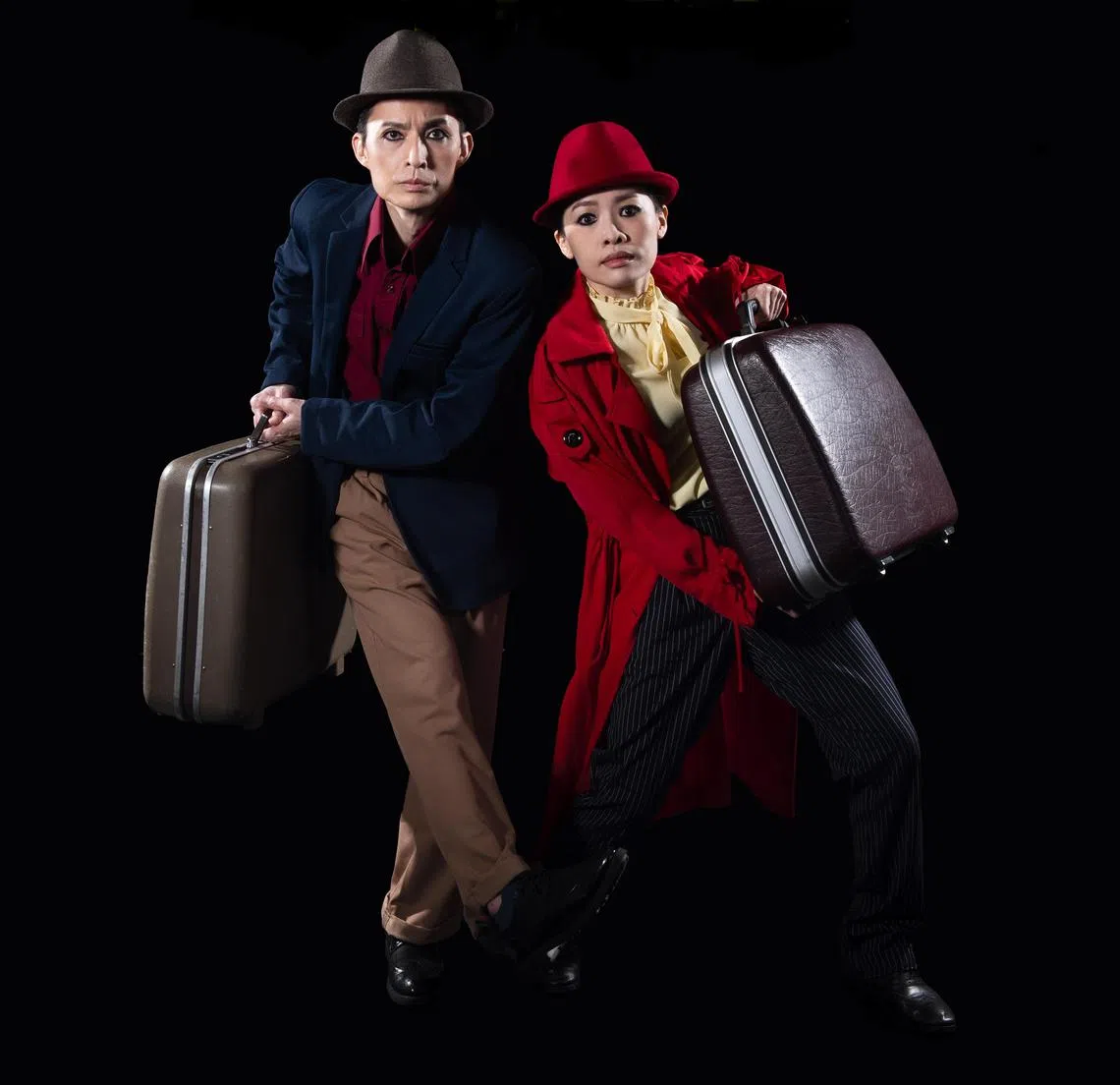
A Thousand Stitches
Blending live performance, painting, and cinematic elements, four artists including Alan Oei and Kaylene Tan weave an emotional narrative centred on Singapore’s World War II past, exploring art, loss, and resilience.
Umbilical
Artists Rizman Putra, Zul Mahmod and thesupersystem explore Singapore’s history of separation from Malaysia through a sensory-rich performance that merges sound, movement, visual projections, and AI, questioning identity and belonging in a technology-driven world.
Colony – A True Colors Project
Directed by Remesh Panicker, this dance performance featuring different-abled South-east Asian and Japanese dancers celebrates diversity and unity, blending raw live performance with intimate, behind-the-scenes footage from rehearsals to reveal a deeper truth about humanity.
Hossan-ah! In The High Arts
Singapore entertainer Hossan Leong leads a joyous theatrical romp through 40 years of Singapore’s artistic scene, using comedy, song, and storytelling to trace the nation’s cultural evolution with personal anecdotes and unforgettable humour.
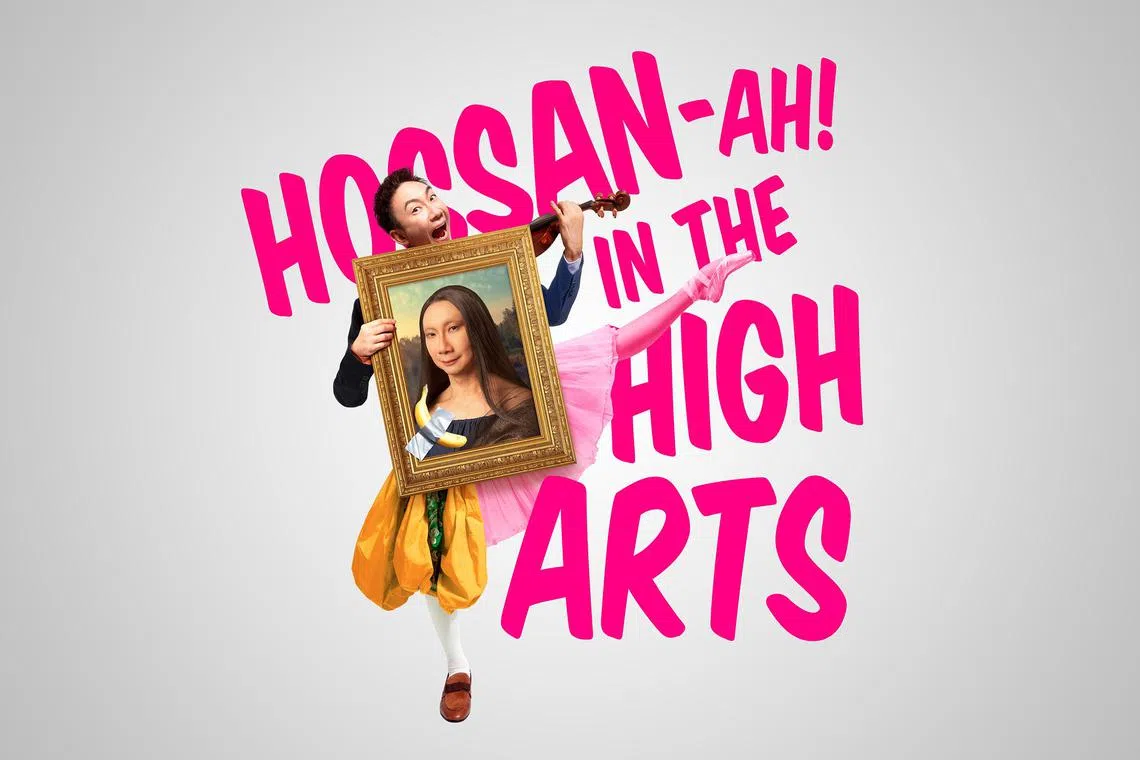
Stray Gods
Singaporean musician and artist weish presents a hauntingly original musical exploration inspired by ancient texts and traditional songs, combining heritage and contemporary soundscapes into a powerful storytelling performance.
Home
An inventive, magical production from American artist Geoff Sobelle that visually constructs and deconstructs the meaning of “home” through dynamic physical theatre, stunning illusions, and interactive elements, addressing themes of displacement, gentrification, and identity.
Told By My Mother
Lebanese choreographer Ali Chahrour delivers a poignant exploration of maternal love through evocative dance, music, and personal narratives set against the backdrop of a fractured Lebanon, portraying universal stories of loss, love, and resilience.
Vampyr
Chilean playwright Manuela Infante presents a mockumentary-style production that mixes dark humour and biting satire. Set amidst Chile’s wind turbines, it critiques environmental exploitation and neo-colonialism through the mythological lens of vampires and indigenous bats.
Visit sifa.sg for tickets.
Decoding Asia newsletter: your guide to navigating Asia in a new global order. Sign up here to get Decoding Asia newsletter. Delivered to your inbox. Free.
Copyright SPH Media. All rights reserved.



